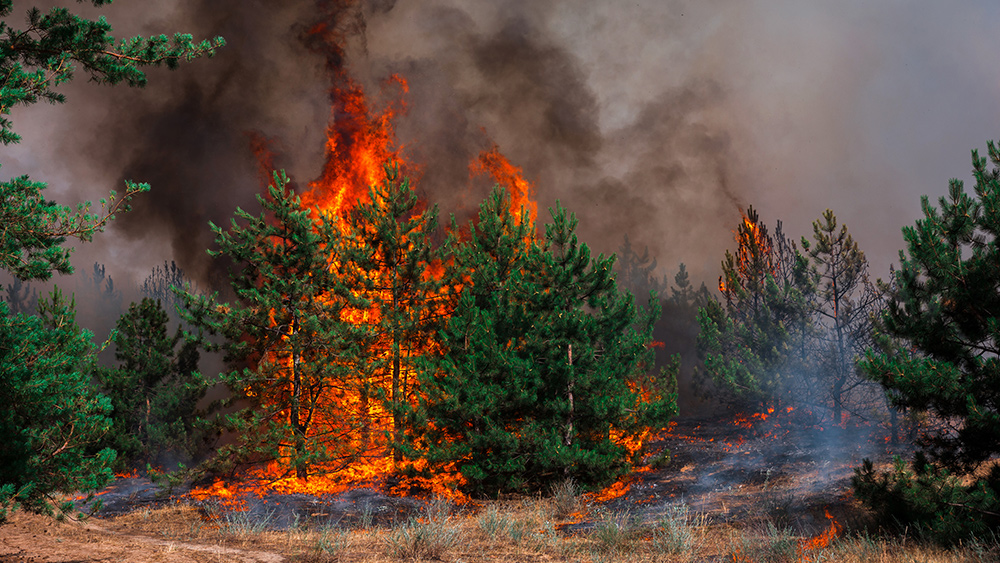
A team of researchers at the Uniformed Services University of the Health Sciences (USU) in Bethesda, Maryland, examined 27 species of yeast as part of the study. The experts then isolated the samples from diverse environments and had them tested to determine which of the samples might be suitable for bioremediation under highly radioactive and acidic setting.
The research team observed that the yeast Rhodotorula taiwanensis strain MD1149, a type of red-pigmented yeast, was the most resistant sample against acid and gamma radiation. Data from whole genome sequencing test revealed that the MD1149 strain shared similar resistant traits with the radiation-resistant bacterium Deinococcus radiodurans, which the researchers have been developing for bioremediation since 1997.
"In this collaborative study, we showed that yeasts are far better suited when it comes to acid and heavy metals. MD1149 can attach to surfaces such as rocks and sand, thereby slowing migration of pollutants into the environment. Our findings now offer an alternative strategy to other more expensive and dangerous clean-up approaches," study author Dr. Rok Tkav told Science Daily online.
Waste-eating microbes also show potential in radioactive waste management
A 2014 study published in the journal Multidisciplinary Journal of Microbial Ecology showed that tiny single-cell organisms, called “extremophile” bacteria, may also hold potential in radioactive waste management. The bacteria, found in radioactive waste disposal sites, was known to survive the harsh conditions expected from a highly contaminated environment. (Related: Blunder at Fukushima: Mistake may have contaminated groundwater with radioactive waste.)
According to experts, waste disposal sites were required to encase radioactive waste in concrete prior to disposal in underground vaults. The researchers further explained that ground water eventually reacts with the concrete encasement, which turns the environment alkaline and produces toxic, radioactive chemicals such as isosaccharinic acid (ISA). Scientists at the University of Manchester in the United Kingdom took soil samples from a highly alkaline industrial site in the Peak District, which was greatly contaminated with lime kiln wastes, as part of research.
“We are very interested in these Peak District microorganisms. Given that they must have evolved to thrive at the highly alkaline lime-kiln site in only a few decades, it is highly likely that similar bacteria will behave in the same way and adapt to living off ISA in and around buried cement-based nuclear waste quite quickly," researcher Professor Jonathan Lloyd said in a university press release.
The research team observed that the extremophile bacteria survived the alkaline conditions associated with cement-based radioactive waste. Likewise, the bacteria were found to use ISA as a source of food and energy. The scientists also discovered that the microbes were able to switch their metabolism in order to breathe using other chemicals in the water -- such as nitrate or iron -- when oxygen is not present.
"Nuclear waste will remain buried deep underground for many thousands of years so there is plenty of time for the bacteria to become adapted. Our next step will be to see what impact [yeast has] on radioactive materials. We expect [it] to help keep radioactive materials fixed underground through [its] unusual dietary habits, and [its] ability to naturally degrade ISA," Prof. Lloyd added.
Further studies on the microbe's dietary habits were underway to gain better knowledge of safer underground radioactive waste disposal.
Sources include:
Please contact us for more information.























